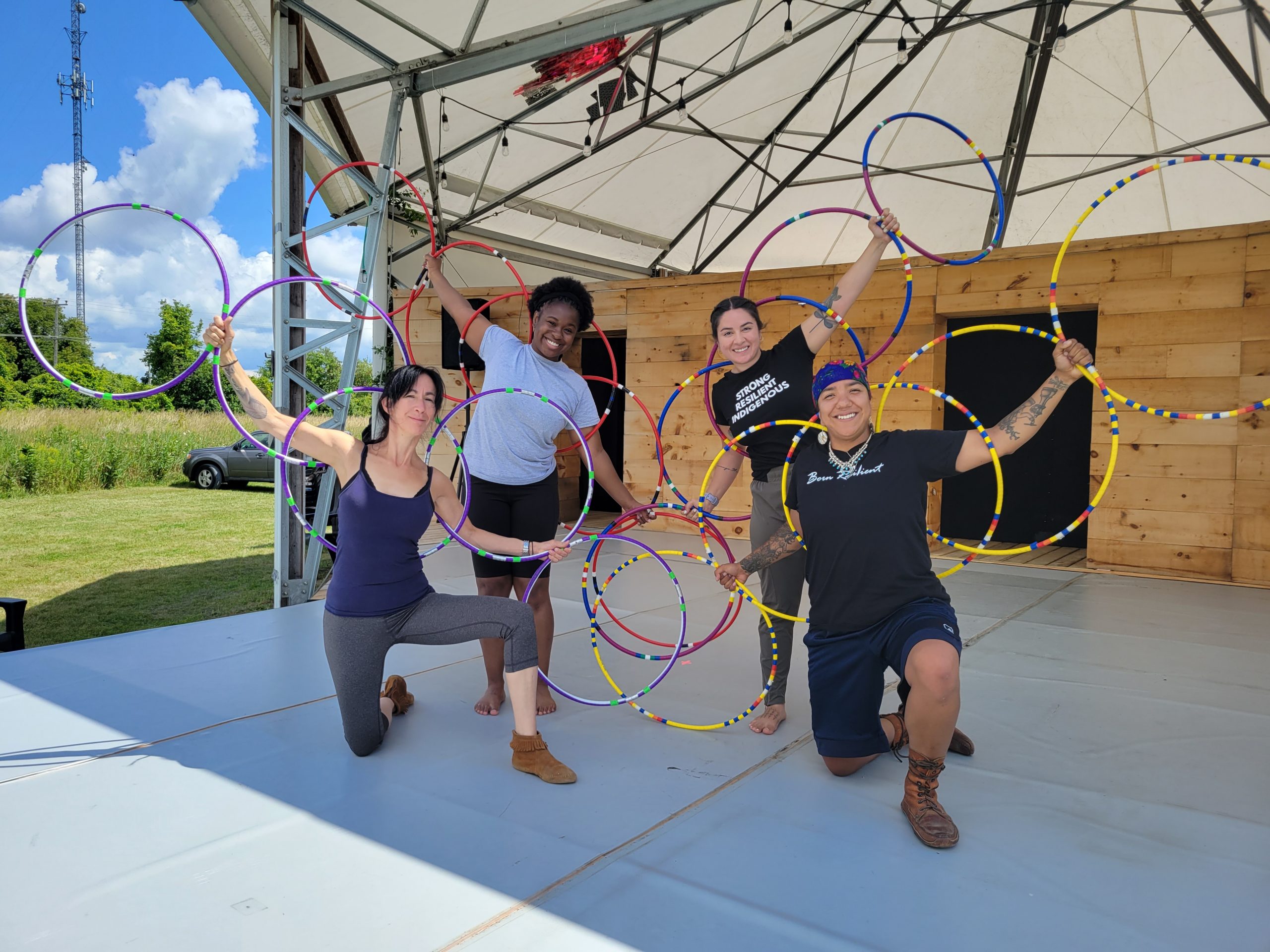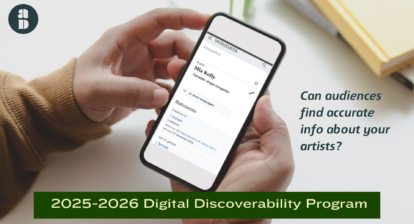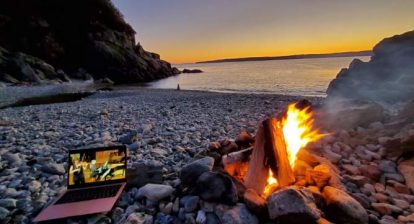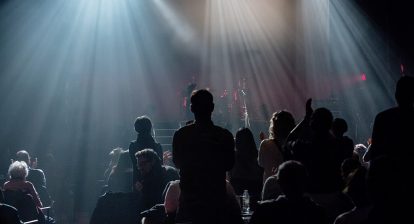Two years ago, the Indigenous Performing Arts Alliance (IPAA) and the Canadian Association for the Performing Arts (CAPACOA) set out to undertake an unusual project. Noting the scarcity of information about Indigenous artists in open databases, the two associations saw a gap that had to be filled.
Two years later, after rigorous consultations with Indigenous artists, strategizing and prototyping with tech company Culture Creates, the situation is now much different.
To begin, IPAA’s Grand Council adopted an Indigenous Data Sovereignty Strategy in March 2022. This strategy set out IPAA’s commitment to both open data and to principles of Indigenous data governance, including the principles of the First Nations Data Governance Strategy. This strategy also explained what member information about Indigenous artists could be released as open data, and educated IPAA members about the potential benefits.
IPAA has now implemented this strategy. They sought consent from their members. They expanded their membership form to collect more identifying and descriptive information. They made this information publicly available on the IPAA member directory. And then, tech company Culture Creates used AI technologies to collect this information from the 176 member profiles in the directory. They transformed it into linked open data, and uploaded this data in two open repositories: Artsdata, a sector-owned knowledge graph, and Wikidata, a sister project to Wikipedia.
As a result of this work, Wikidata now exhibits 373 detailed records about Indigenous artists in what is known as Canada; this is 73% more than at the beginning of this project.
This project is now completed, but the task of accurately and respectfully representing information about Indigenous artists and their works is unfinished.
Among many things, Indigenous identities can and should be more finely represented. A report on this and related topics will soon be published.
Moving forward, we now have to put this data to work. We have to close the circle. We must connect Indigenous artists’ profiles with open data about the works that they create, and the performances that they deliver. We must make this rich information readily available so it becomes easier for audiences to seek out and connect with Indigenous arts and culture, no matter what digital device they use to search for performances or exhibitions.
Want to learn more?
- Watch these Wikidata tutorials and keep an eye on upcoming online workshops.
- Check CAPACOA’s Digital Discoverability Program for performing arts organizations and companies.
- CAPACOA and IPAA will be presenting a session entitled “Indigenous Artists and Open Data: Respectful Representation and Control” at the Canadian Open Data Summit on November 8th.
Acknowledgements
IPAA and CAPACOA wish to thank the following persons for their contributions to this project: Brit Johnston, Frédéric Julien, Anju Singh, Cynthia Lickers-Sage, Denise Bolduc, Caitlin Troughton and Gregory Saumier-Finch.
This project was realized as part of the Linked Digital Future Initiative, which is funded by the Government of Canada and the Canada Council for the Arts.









